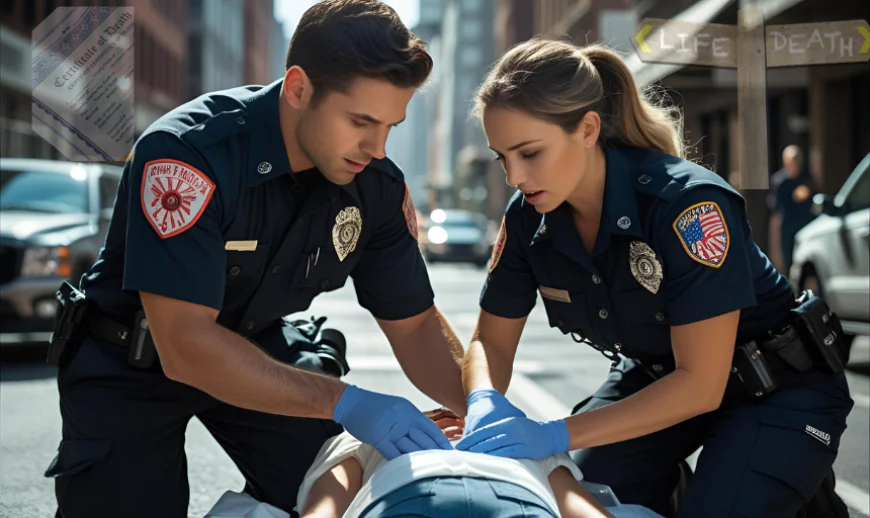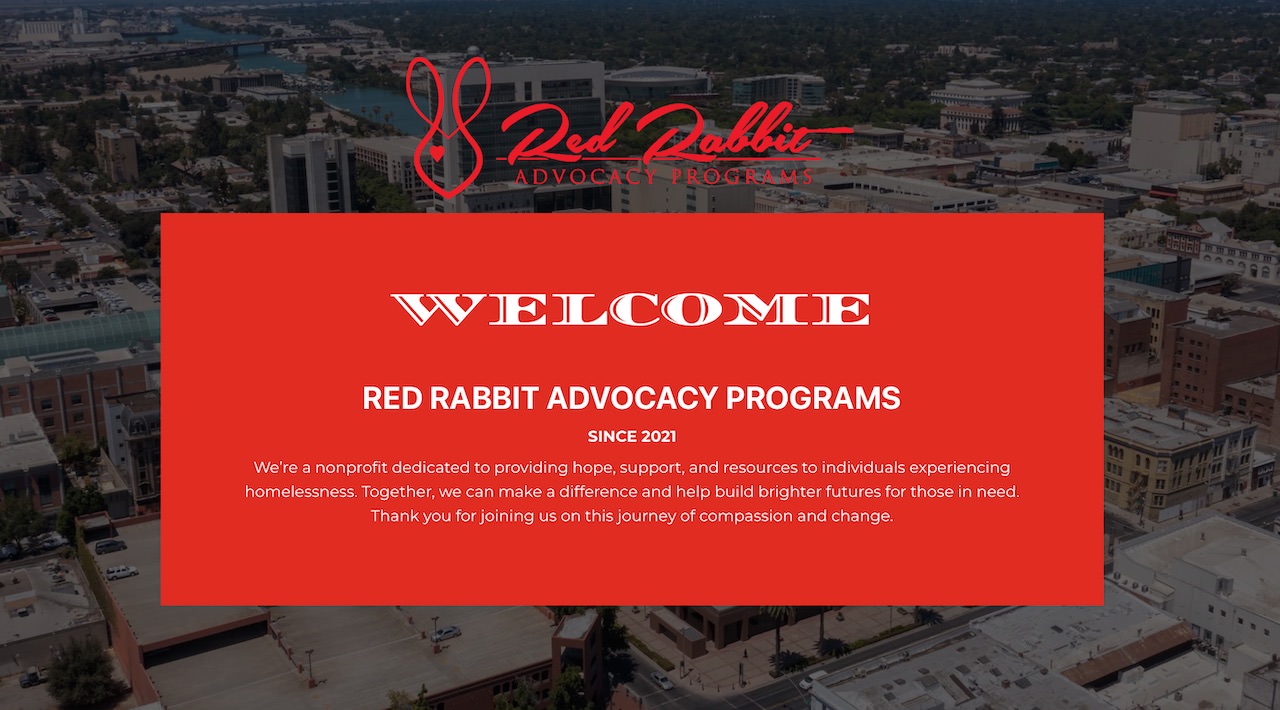Behind the Sirens: The Raw Truth of EMT Life
Life as an EMT is a rollercoaster ride—unpredictable triumphs and tragedies. It’s time we shine a light on the shadows and give these everyday heroes the respect they deserve. Most of us don't think about them until we need help.

Hero Today, Forgotten Tomorrow: The Job That Costs More Than It Pays
Alright, buckle up, because this isn’t your average “hero story.” Being an EMT is like living on the razor's edge of chaos, where every call is a high-stakes gamble between life and death. It’s gritty, it’s raw, and it’s a world most people overlook—until the sirens are wailing in their ears. Let’s dive into the highs, the lows, and the shadows that plague these everyday warriors, because trust me, it’s a wild ride filled with unforgettable moments and harsh realities.
The Grind: A Job Like No Other
Picture this: you’re just trying to grab a quick bite—a soggy gas station sandwich with a side of stale chips—when suddenly, your radio crackles to life with an urgent command: “Cardiac arrest, 45-year-old male, unresponsive.” Boom! In seconds, you’re in the ambulance, sirens blaring, your heart racing as adrenaline surges through your veins. You race against the clock, maneuvering through traffic while mentally preparing for what you’re about to face.
When you roll up to the scene, it’s chaos. You find family members screaming, hands clutched in desperation, a circle of fear and panic surrounding the patient whose life is hanging by a thread. As the first responders on the scene, you’re tasked with making split-second decisions—do you go for immediate CPR, or do you grab the defibrillator first? Each choice you make could mean the difference between life and death, and there’s no time for second-guessing.
Sounds intense, right? Absolutely. But here’s the kicker: despite the heart-pounding nature of the job, the pay often doesn’t hold a candle to the stress and pressure that come with it. EMTs frequently earn less than some retail workers, earning around $15 to $20 per hour in many places. Yeah, let that sink in. You’re out here saving lives, risking your emotional and physical well-being, but a paycheck barely covers rent and utilities. And appreciation? Forget about it. People are quick to call EMTs heroes, but when the sirens wail their last, so does the applause. It’s like being a rock star on stage, only to hear crickets in the crowd when you step off.
The Dark Side: Trauma and Burnout
Now let’s get real about something that doesn’t get enough airtime—the mental toll. Every call leaves a mark. You try to shake off the ghost of the kid you couldn’t save after a tragic car accident, or the overdose case that ended in heartbreak when a mother collapsed. These experiences aren’t merely tales; they stick with you like unwelcome shadows. Each one is a scar, layer upon layer, as you carry the weight of countless tragedies.
Here’s the brutal truth: EMTs face alarmingly high rates of PTSD, depression, and even suicide. Studies show that EMTs are 1.39 times more likely to die by suicide compared to the general population. Think about that. The very people who rush in to save lives often find themselves lost to the shadows of their calling. It’s a vicious cycle—trauma leads to chronic stress, stress leads to burnout, and burnout leads to despair.
And the system? It’s not coming to the rescue either. Mental health support for EMTs is often nonexistent or mired in stigma. You’re expected to “tough it out,” as if being swamped in trauma is just part of the gig. Spoiler alert: it’s not. It’s like telling a soldier to forget the nightmares after returning from combat. You don’t just “get over” the horrors witnessed on the job; you learn to cope, often in isolation.
The Pros: Why They Keep Showing Up
So why do they keep doing it? Why show up day after day to a job that’s physically, emotionally, and financially draining? Because when you save a life, it’s a high like no other. That pulse you feel return after you’ve worked tirelessly to revive someone for what seems like an eternity? That’s euphoria. When a patient takes their first breath after CPR, or when a family thanks you with tears in their eyes for being there in their darkest hour—that’s what keeps EMTs clocking in, no matter how weary they feel.
There’s also something magical about the camaraderie among EMTs. It’s a bond forged in the fires of shared chaos. You laugh together, you cry together, and you lean on each other in ways that only those who’ve walked the same path can truly understand. Even in the darkest moments, there’s humor—the inside jokes about the absurdities of life and death situations that help lighten the load. That laughter? It’s the glue that holds you together when the world feels heavy.
The Cons: The Price of Being a Hero
But let’s not sugarcoat it; the cons are stark, and they bear a heavy weight. The pay? Paltry. The hours? Brutal, often stretching to 12-hour shifts or longer with minimal breaks. The emotional toll? Staggering. You’re exposed to the worst of humanity—violence, neglect, earthquakes of tragedy—and somehow expected to keep it all together. And when you can’t? Well, there’s not much help standing by at the ready.
Then there’s the lack of appreciation, another gut punch. Sure, people love to complain about ambulances blocking traffic or the “slow” response time, forgetting that inside that vehicle is someone hustling to save a life. EMTs often get eclipsed by doctors and nurses, even though they’re the unsung heroes who stabilize patients and transport them safely to the hospital in the first place. It’s like being the main act at a show yet still being commented on by the crowd as “just the opening act.” It stings, believe me.
The Reality Check
At the end of the day, being an EMT isn’t just a job; it’s a calling. It’s a life lived on the edge, where every shift is a new chapter in an endless saga of chaos and courage. It’s not for the faint of heart, nor is it for those seeking glory or a big paycheck. However, for those who answer that call, it’s an opportunity to make a real difference, one life at a time.
So the next time you see an ambulance racing by with lights flashing, take a moment to pause. Think about the person behind the wheel, fueled by caffeine and sheer determination to make a difference. Consider the lives being juggled inside, the miracles unfolding in real time. And maybe, just maybe, give them the recognition and appreciation they so richly deserve.
What's Your Reaction?
 Like
1
Like
1
 Dislike
0
Dislike
0
 Love
1
Love
1
 Funny
0
Funny
0
 Angry
0
Angry
0
 Sad
0
Sad
0
 Wow
2
Wow
2





























